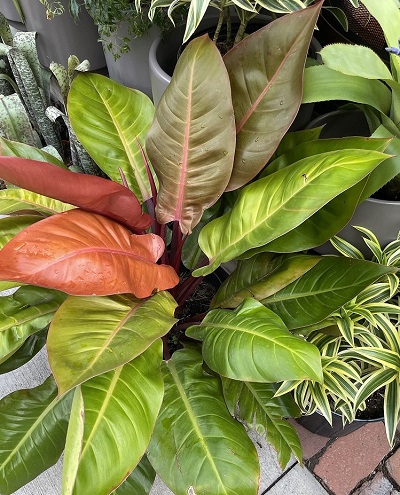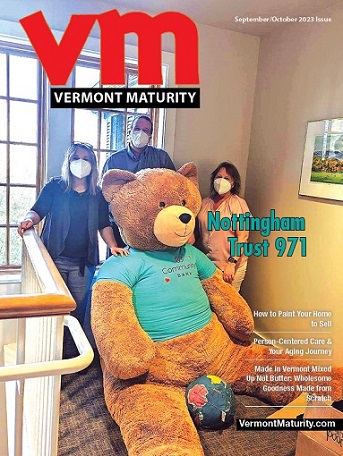
Tropical plants in our homes and workspaces add beauty, relieve stress, and boost creativity, productivity, and focus. Keep these plants healthy and looking their best by providing for their basic needs.
Select plants that will thrive in the growing conditions found in your home or office and with your level of care. Busy gardeners should look for low-maintenance plants like ZZ plants, Chinese evergreens, pothos and philodendrons while others may choose ferns, peace lilies, baby tears and gardenias that require a bit more attention and care.
Light is the most common limiting factor when growing plants indoors. Matching the plants to the desired light is the first step to success. Plant tags, university websites and plant books can provide you with this information. If you are lucky enough to have an east- or west-facing window you can grow a wide variety of plants. High-light plants should be kept within two feet of these windows. Low-light plants can be set up to six feet back or off to the side of an east- or west-facing window or in front of one that faces north. Keep in mind buildings, awnings, and trees can decrease the amount of sunlight reaching the plants.
Fortunately, there are now more options for decorative energy-efficient grow lights available, expanding your indoor gardening opportunities. Pendants, clip-ons, floor lights and furniture-grade plant shelves provide the needed light for plants and add decorative elements to your home.
Proper watering is next on the list of key factors for healthy growth and longevity of indoor plants. Most tropical plants prefer evenly moist soil comparable to a wrung-out sponge. Water thoroughly preferably with tepid water when the top few inches of potting mix are starting to dry. Pour off any excess water that collects in the saucer. Allowing plants to sit in water can lead to root rot and plant death.
Create attractive clusters of plants while increasing the humidity that most tropical plants need for healthier growth. As one plant loses moisture through the leaves, often called transpiration, the neighboring plants benefit. Go one step further by utilizing gravel trays. Set plant pots on pebble-filled saucers or trays. Allow excess water to collect in the pebbles below the pots. As this water evaporates, it increases the humidity around the plants. This also reduces your workload by eliminating the need to pour off excess water that collects in the plant saucer.
Add a few terrariums for plants like Venus fly trap, ferns and spike moss that grow best in high humidity and moist soil conditions. Purchase one or create your own from an old aquarium, or another clear glass container and add a lid to create a closed growing system. Select or create one that supports plant growth, complements your home’s décor, and reflects your personality. Read this article and learn more about how to create a terrarium garden.
Provide a warm, draft-free location for your tropical plants. Most prefer the same temperatures, 65-75 degrees, that we do. Don’t worry if you turn down the heat at night, most plants will be fine. Just do not trap them between the curtain and window where it is much colder than the rest of your home. Avoid cold drafts from doors and windows and hot drafts from heat registers that can be detrimental to your plant’s health.
You may need to move plants, adjust grow lights, and fine-tune watering as you get to know each plant’s needs. Once you place them in the right location and provide the correct amount of light and water, your plants will grow and prosper.
Melinda Myers has written more than 20 gardening books, including Small Space Gardening. She hosts the “How to Grow Anything” DVD series and the Melinda’s Garden Moment TV & radio segments. Her website is MelindaMyers.com.
Photo Courtesy of Melinda Myers
Related Articles & Free Vermont Maturity Magazine Subscription

How to Beautify your Home with a Bit of Greenery
How to Grow a Beautiful Indoor Succulent Garden






Comment here